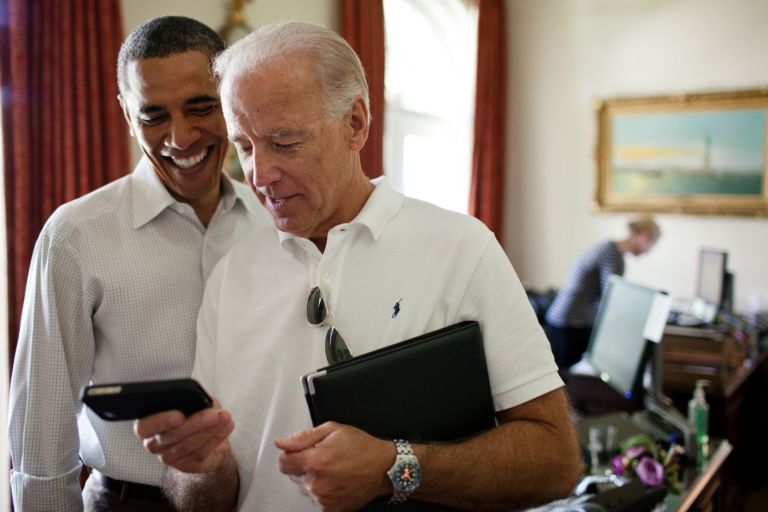The idea of universal healthcare in the United States is currently more popular than ever. The idea has gained steam in Congress and among many young, progressive members of Congress as the only solution to save our inefficient healthcare system. Many on the far left, including progressive darling Alexandria Ocasio-Cortez, consistently downplay the potential disruption to the healthcare system that would be the result of implementing a system like “Medicare-for-All.”
In a National Review article, Doug Badger, a senior fellow at the Galen Institute and visiting fellow at the Heritage Foundation, argues that there is no good reason for our country to implement a program that, like many European healthcare financing models, doesn’t place a high value on private enterprise:
But the question deserves more than a rhetorical response. Health care is financed differently in the United States because it evolved differently. Private arrangements among hospitals, doctors, employers, and labor unions to finance medical insurance developed and matured over the course of decades, abetted by government policy that treats employer-sponsored health benefits differently than wages for tax purposes. That generally did not happen in Europe.
The American approach offers several advantages that often are overlooked.
First, instead of taxing workers and using the proceeds to finance their medical care, the U.S. government exempts employer-sponsored insurance (ESI) from taxation, a benefit estimated to have been worth $348 billion in 2016. That preferential tax treatment leveraged nearly $3 in private health-insurance spending for every $1 in forgone federal revenue (based on ESI insurance premiums totaling $991 billion that year) while insuring 173 million Americans. Supplanting it would require the government to fill a $643 billion hole through taxes, borrowing, and unspecified reductions in spending.
Second, private insurers pay rates for medical care that offset the negative margins hospitals incur when they treat patients on public programs. Medicare and Medicaid paid hospitals 40 percent less than private insurers did in 2016. Physician reimbursement under both programs also substantially lags private rates. Paying providers at government rates, which the Medicare for All bill proposes, could have potentially grave consequences, straining the capacity of doctors, hospitals, and other providers to deliver quality care.
Workers with ESI thus fund their own insurance at steeply discounted rates to the federal government, largely finance public coverage through their income and payroll taxes, and help sustain the medical infrastructure for all Americans.
Medicare for All advocates argue that government would allocate medical goods and services more efficiently than do our current financing arrangements. But government, which accounts for the majority of health-care spending already, has not demonstrated such a proclivity.
Through more than half a century and waves of reform, efforts by the U.S. government to extract greater value from the health-care system have fallen short. Scores of Medicare demonstration projects and endless iterations of payment methodologies have had little impact on Medicare spending. None has diverted the program from its path toward insolvency.
Perhaps conferring plenary control over $3 to $4 trillion in medical spending on a small group of public employees will produce a system that functions with something approximating perfect efficiency. To achieve this, policymakers have first to devise a budget that allocates the resources necessary to provide medical care to all Americans — not so much as to subsidize inefficiency but not so little as to create shortages — and then distribute the money correctly and muster the political will to enforce that budget. Replacing ESI with a system of this sort is a leap into the darkness, given government’s sorry record of managing existing programs.
The most popular version of “Medicare-for-All,” the plan Bernie Sanders supports, would add $32.6 trillion in national spending during the first ten years of full implementation. $32.6 trillion is the low-end, conservative estimate as to what the new system would cost the federal government. This is a point that is often overlooked by many who support such a plan because as it stands this number is slightly lower than what we are projected to spend now on healthcare. But once again this is the conservative estimate of what the plan would cost. This estimate does not include unknown increased utilization that will certainly happen by extending unlimited healthcare access to an enormous amount of people who will not directly pay for services. This also doesn’t include the hidden costs of upending a sector of the economy that accounts for almost one-fifth of the U.S. GDP.


